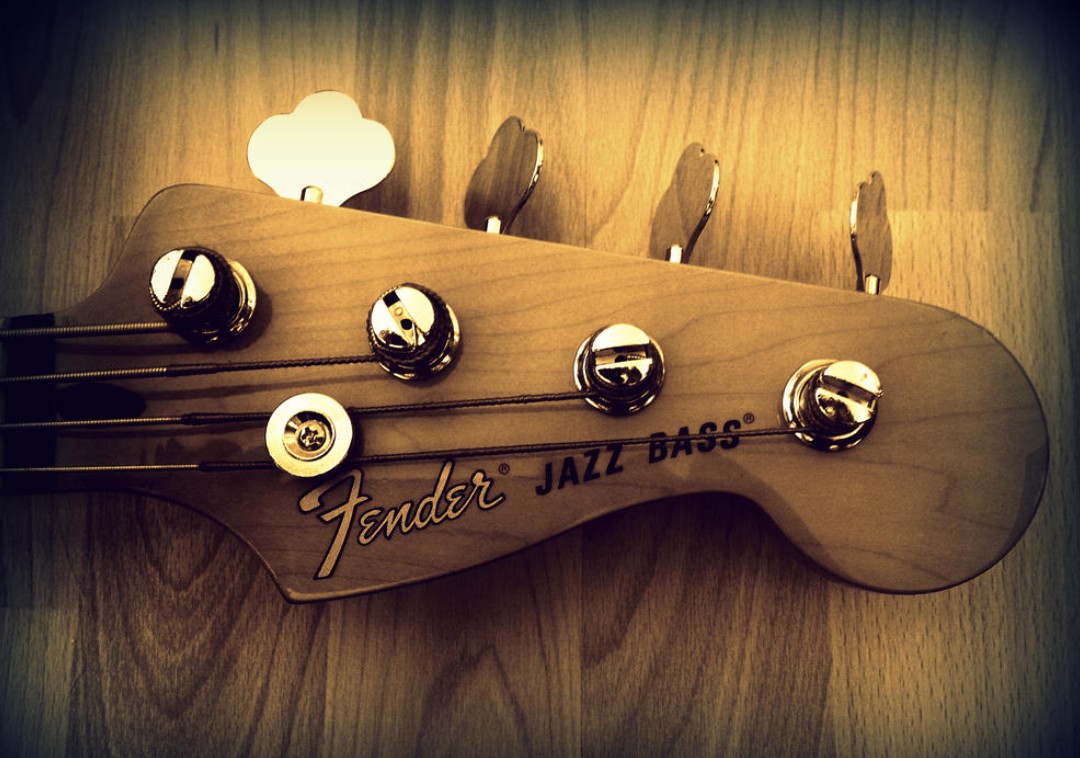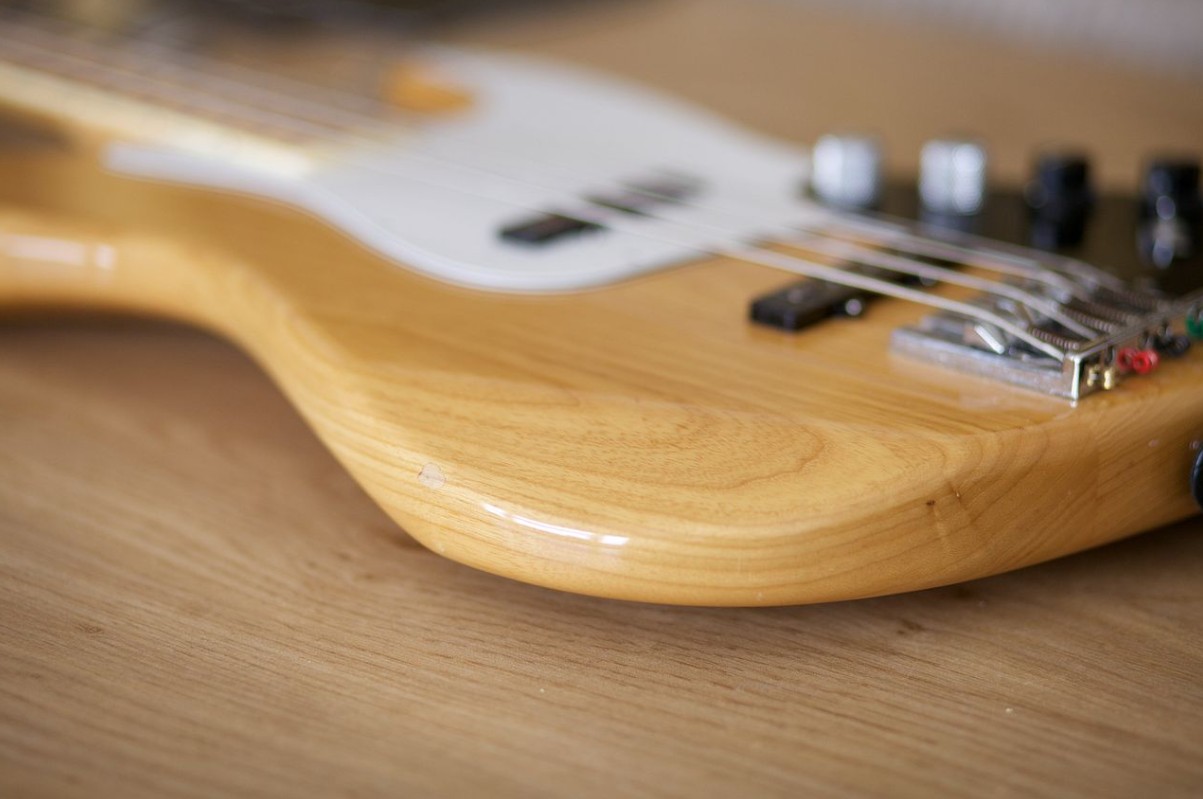Jazz
Jazz emerged in the early 20th century, with its roots deeply embedded in places like New Orleans and Storyville, a famed red-light district. Evolving over time, jazz has blended with various styles and instruments, giving rise to fresh sounds.
Defining Genre
To comprehend jazz, it’s useful to categorize it into distinct eras like “New Orleans,” “Traditional,” and “Dixieland.” Known for its improvisational nature and diverse musical instruments, jazz typically features upbeat melodies, breaking conventional musical norms.

Jazz Origins
The genesis of jazz is multifaceted, rooted in history and diverse influences. Originating from slavery, jazz also draws from ragtime piano music and gospel songs. The early 20th century saw the advent of the saxophone and the evolution of rhythmic patterns, shaping jazz’s early forms.
Bands and Singers
Jazz blossomed in the early 20th century, marked by its vivacious tempo and originality. It quickly spread worldwide, including to the United Kingdom. Jazz clubs like Birdland in New York City became hubs of top-tier entertainment, showcasing talents like Tony Award-nominee Laura Osnes.
The spectrum of jazz bands and singers varies in size and style, from large ensembles to smaller trios. Some bands focus solely on instrumental performances, while others highlight solo improvisations. Key instruments like the trumpet, saxophone, and drums are pivotal to jazz’s distinctive sound.

Conclusion
The history of jazz is intricate, with myriad influences shaping its evolution. Through this exploration, you’ve gained insights into jazz’s evolution and its significance as one of the 20th century’s most beloved music genres.

